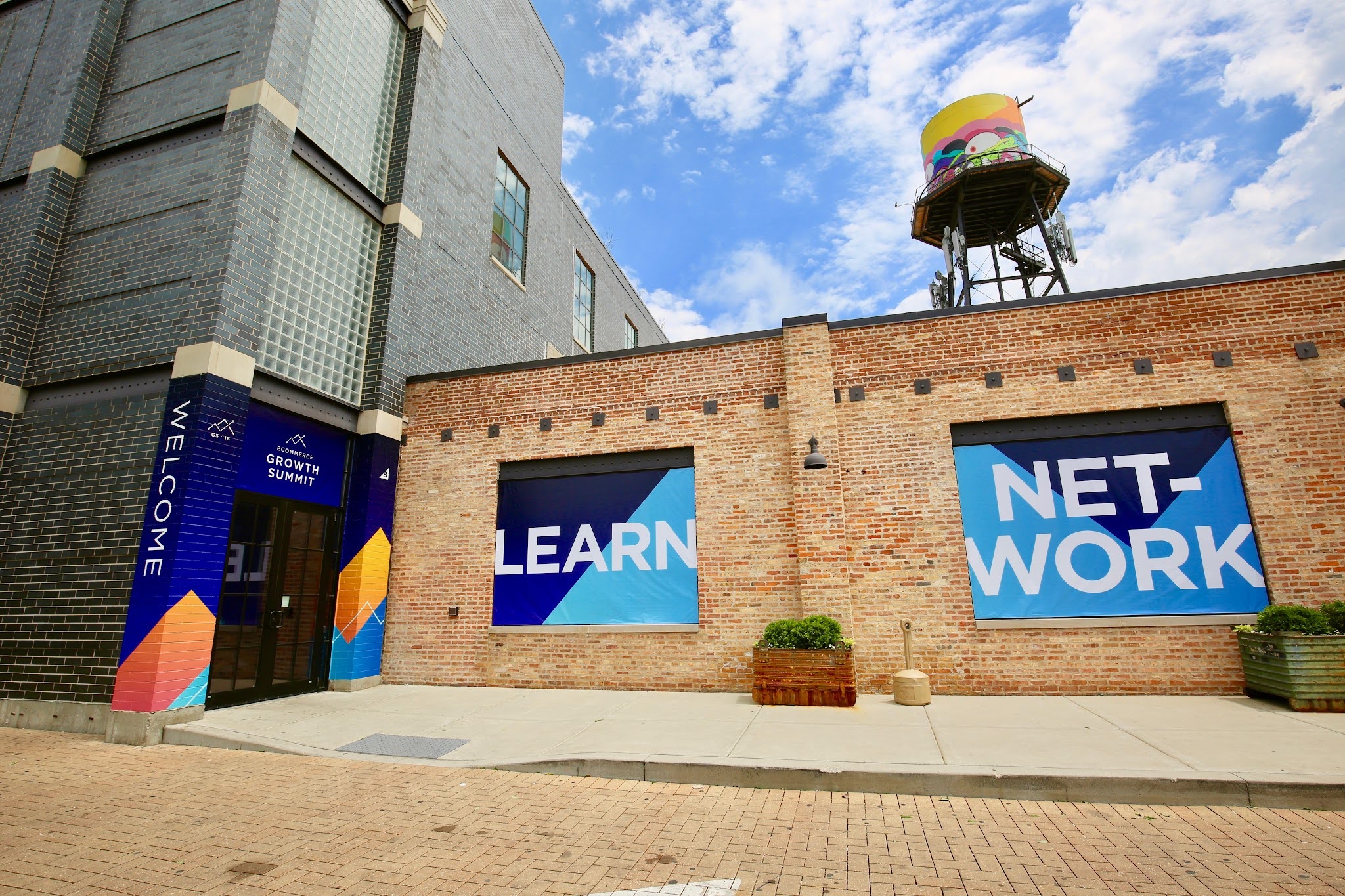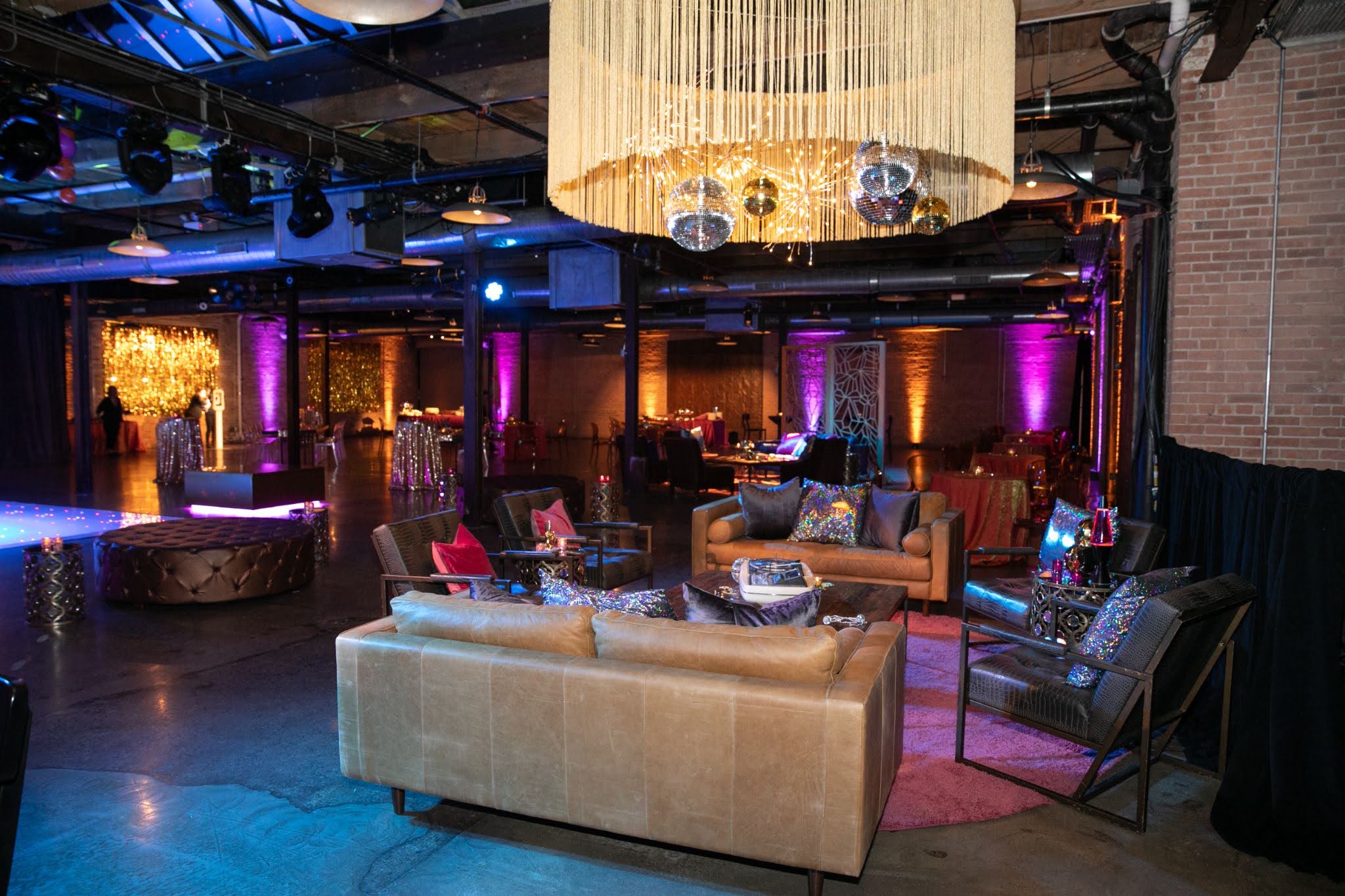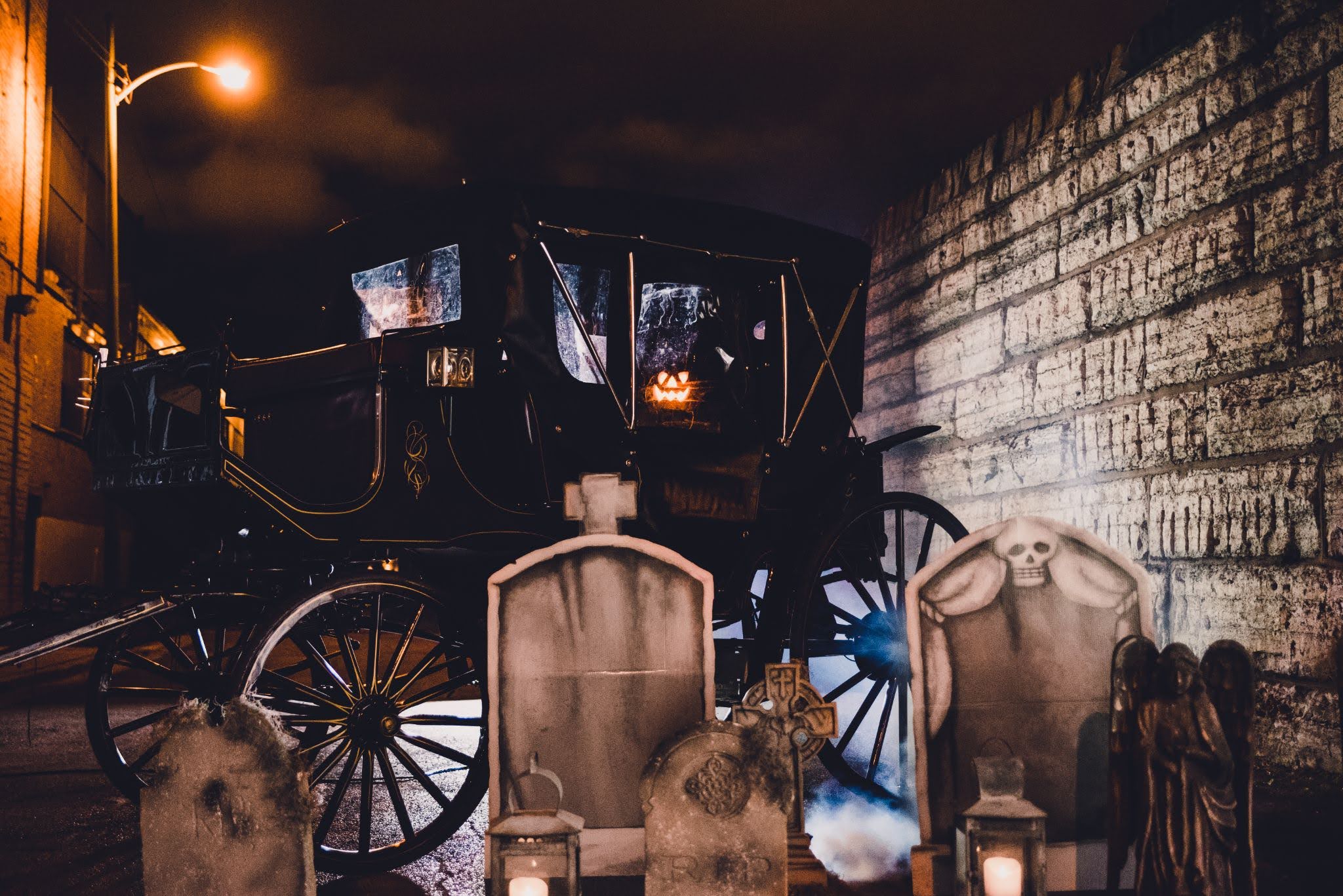Stop planning meetings – start designing them! Whether it’s due to advances in technology, social media, millennial influence or simply shortened attention spans, meeting attendees are placing higher value on the overall experience than the content being delivered. Recent studies have shown that three quarters of millennials are more likely to invest in an experience than a product. So it seems, we need to stop planning meetings and start designing experiences. But how do we do that?
It starts with us! We can no longer define ourselves as meeting planners but begin referring to ourselves as meeting designers, or as I like to say, Directors of Corporate Theater.
If we think of the meeting content as being like a script, the foundation from which we base all other decisions, and our attendees as the audience, it’s not too difficult to see the similarities between meetings and theater. When you put yourself in the director’s chair (aptly marked with your name on the back, of course) and begin thinking of the overall design elements of sets, lights, sound and costumes; you immediately start seeing beyond the traditional framework of meeting planning and begin thinking of the overall experience – from your audience’s point of view.
Stage Design
We all know the importance of the stage design; ensuring it’s functional and malleable, easily transitioning from one presentation to the next. However, do we think enough of the overall environment of the room? Non-traditional room sets have an immediate impact on the audience when they walk in the room, and sometimes may come along with some fringe benefits. How about using oversized bean-bag chairs for creative brainstorming sessions or incorporating spin bikes in the room for a motivational session?
We once had an executive that was presenting to a room of nearly one hundred of his peers, and he didn’t like the idea of them sitting at traditional tables and being spoken at, but wanted it to be more of a conversational setting creating a feeling of equality both between the audience and the stage as well as throughout the room. Our solution was to seat the room as a bunch of lounge settings with a sofa and a couple of chairs and coffee table per lounge. Instead of investing in floral as centerpieces, we opted to put carafes of coffee and cookie platters on the tables. We were astonished when it was time for the break and instead of everyone getting up and running out of the room to check their cellphones, they simply turned to each other, refilled their coffee and remained in their lounges and continued the conversation. Unprovoked, it became a discussion forum amongst their peers. The executive was able to not only see his return on investment, but participate in it as well.
Lighting Design
In theater, lighting designers utilize color to change mood and intensity while shifting focus from one part of the stage to the other. In meetings, we tend to do the same on the stage, but do we utilize this philosophy beyond there? By placing perimeter uplighting round the room, you can carry the theme from the stage all the way around your audience. When you want to shift the room’s energy between presentations, it’s as easy as a color change and the mood will shift with it. Different colors of lighting carry different emotional responses. Blue has an inviting and calming effect, promoting trustworthiness and strength. Purple is great for creativity and mystery. Yellow provides a happy and playful environment while red creates excitement, passion, and is often used in a heightened state of importance. Green, as a color in general, promotes a serene and natural state, but take warning – nobody looks good in green light. Nobody.
Sound Design
We all have our own soundtracks to get us through the day, don’t we? You know, a little “Coffeehouse Blend” in the morning along with our cup of java, maybe a little Coldplay in the afternoon for energy and focus? Your events should be no different. Think about what kind of energy you want in the room, and find music that puts you there. Yes, today’s “Top 40” or your favorite cardio mix are great for the car and the gym, but think of the surprise you can offer playing some classic rock after lunch or greeting your audience in the morning with the sounds of a tribal drum beat as they enter the general session. Want to take the experience to the next level? Scatter a few branded tambourines, maracas and bongo drums around the room and let your audience join in the fun!
Scent Design
Yes, you read that correctly! Scent, the strongest of our senses, yet the least utilized in our industry. We know the smell of brownies makes us hungry, and the ocean, well, that vacation we are longing for. However, we can use scent to our strategic advantage as well. Infusing scents like jasmine or lavender for those awkward networking receptions will help calm nerves and boost confidence. Rosemary towards the end of a long day can help boost energy and improve memory. Try using lemon to increase focus and peppermint for brainstorming sessions. However, don’t overdo it! Also, try to use natural oils as to not irritate your audience. Simply place a few drops of essential oils in warm water strategically throughout the room and let it work its magic!
Costume Design
I don’t know that we need to have a costume party and encourage everyone to wear Elizabethan costumes and speak in Shakespearean accents. However, we do know that what we wear influences how we feel about ourselves and how others interact with us. That said, what if during a creative working session you were to encourage your audience to wear something they are comfortable in for what will be a long day of strategy and creativity? Then, when leadership takes the stage to kick things off, they too are in jeans and hoodies. Now, all of a sudden, the room feels equal, like they are all in this together. They are dressed comfortably, having shed that layer of formality, and are ready for active engagement and creativity. Then, the following day, back to business as they proudly showcase the results.
You might be catching onto the fact that there is a trend to all of these design elements; they are all rooted in understanding the psychology of the audience’s experience. If we take time to consider the psychology of the experience, similar to how a director would his/her audience at a play, there are countless ways of designing experiences into our meetings. An added bonus within our industry is that we generally know who our audience will be, and therefore are able to design the overall experience directly to them.
Now, let’s take a moment to break out of the construct of the various design elements and explore a few more ways that we can take the psychology of the experience directly to our meeting participants.
Take that name badge transaction, for example. Instead of just exchanging your name for a badge, what if the registration staff also congratulated you on your outstanding fourth quarter last year, or for your six years of dedication to the company, and then handed you a delicious frosted cookie that says “Thank You!” (with your corporate logo on it of course)! Your audience member now feels personal validation is more likely to increase their participation throughout the meeting.
How about those quick grab-and-go breaks? Instead of attendees grabbing that granola bar and shuffling off to a corner to check their email, provide an opportunity for them to slow down and engage with their fellow participants. Build-your-own trail mix stations with ingredients labeled as key themes from your meeting are a great way to continue your messaging while also creating conversation starters, “Hey, that bag of almonds, raisins and chocolate chips tells me you’re energized, focused and like sweet rewards!” If your participants are coming out of an intense session, provide some fun with a build-your-own sundae bar (or yogurt parfait bar for a healthier spin). A fringe benefit to this option is that eating sundaes is a two-handed activity requiring participants to put down their phones and engage with each other.
When all’s said and done, there are many opportunities throughout a meeting to create engaging experiences. One of the most insightful lessons I learned while getting my degree in theater was that the design elements of a show are there to enhance the message and engage the audience. The story can live on its own, however the more design elements that can capture an audience’s attention, the more engaged your audience will be and the more the story will resonate long after the audience has left the theater. It’s no different for us, Directors of Corporate Theater.





